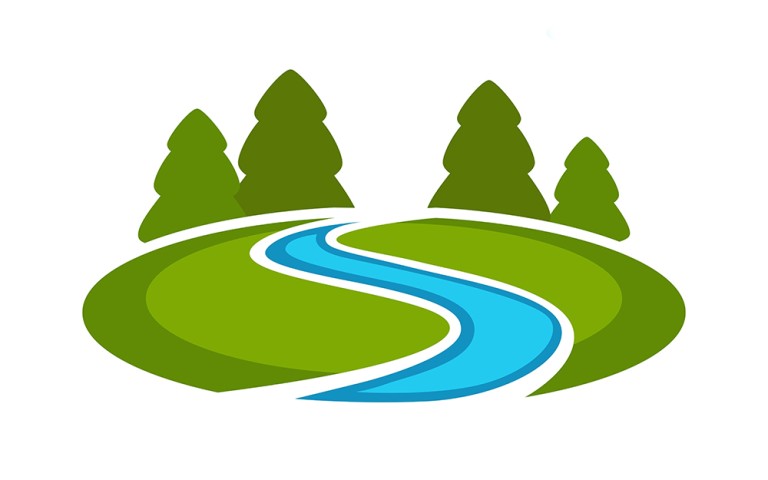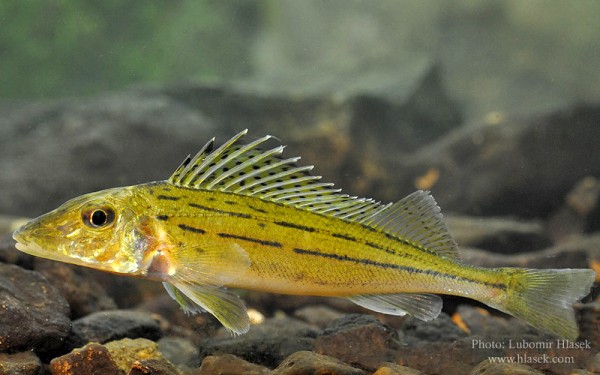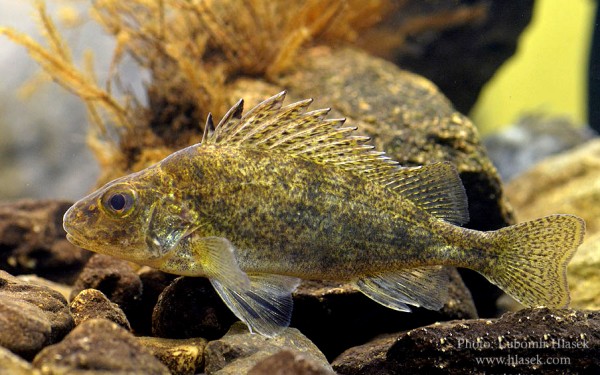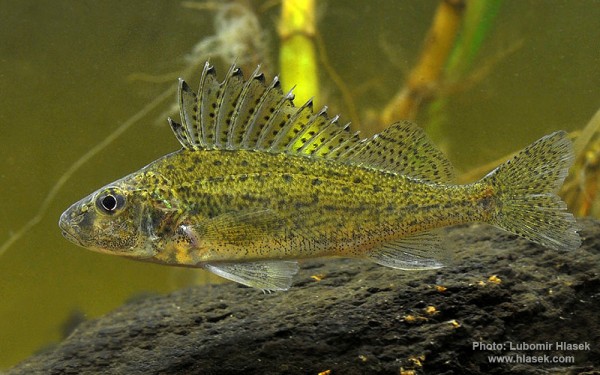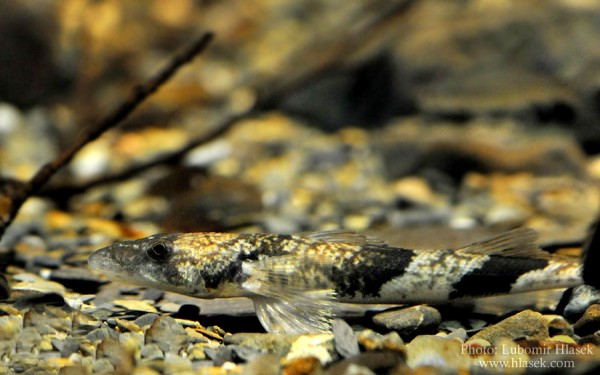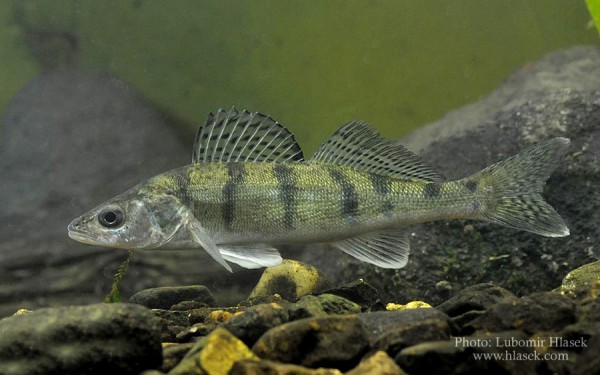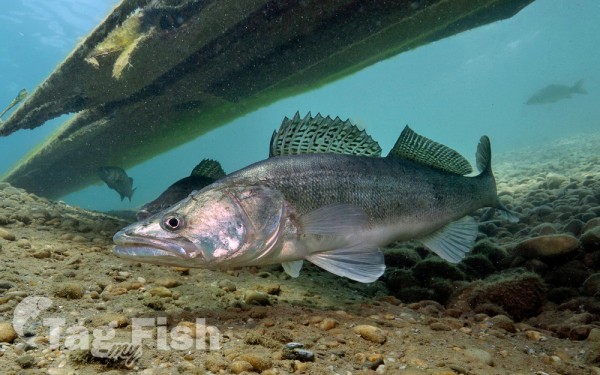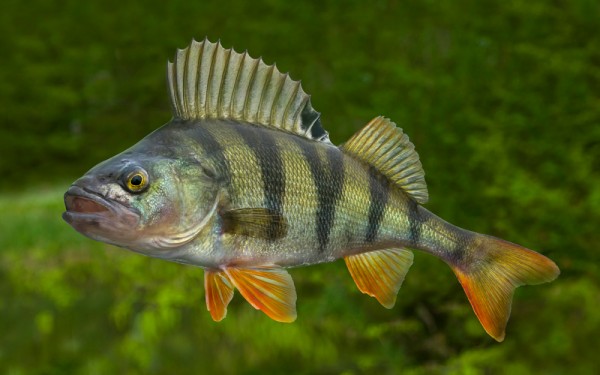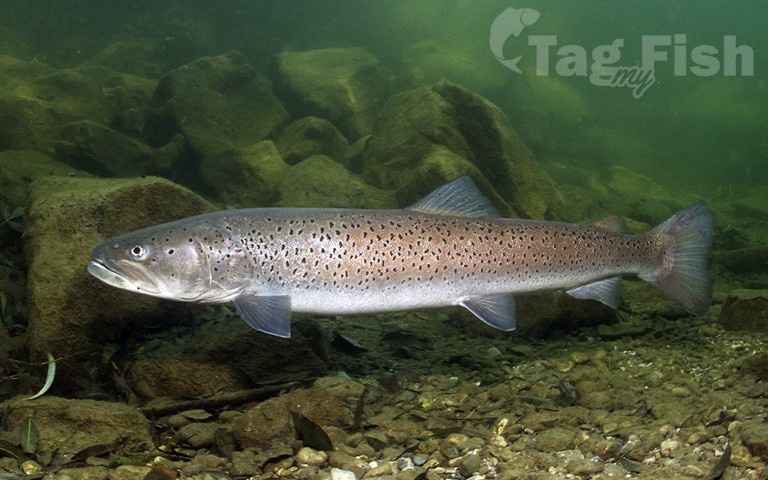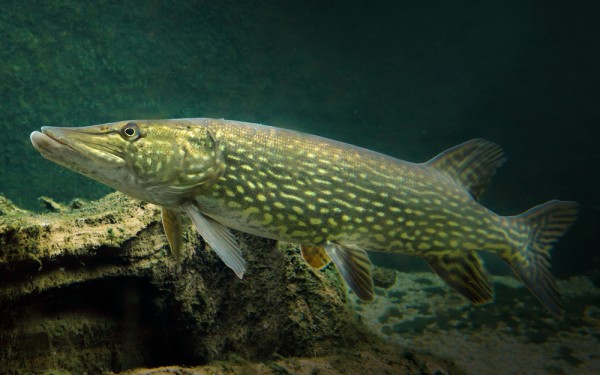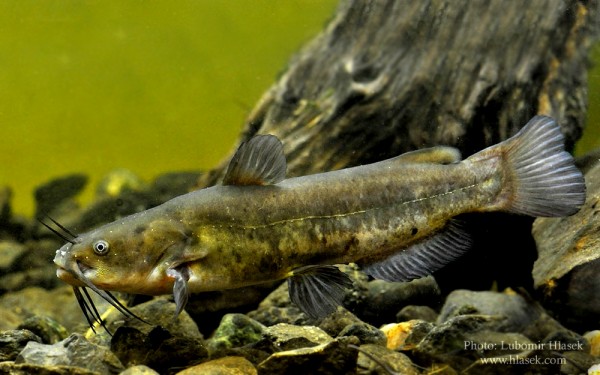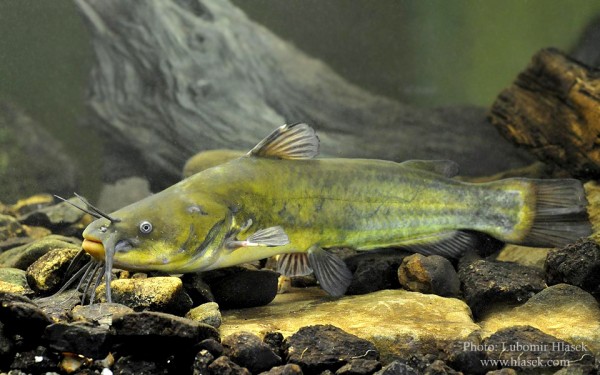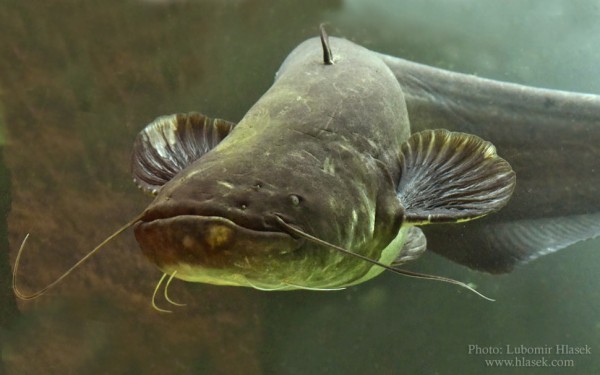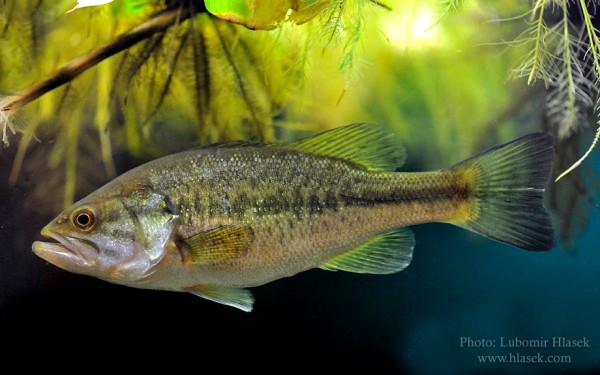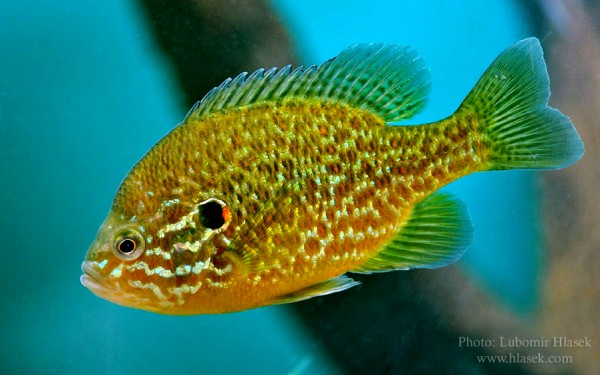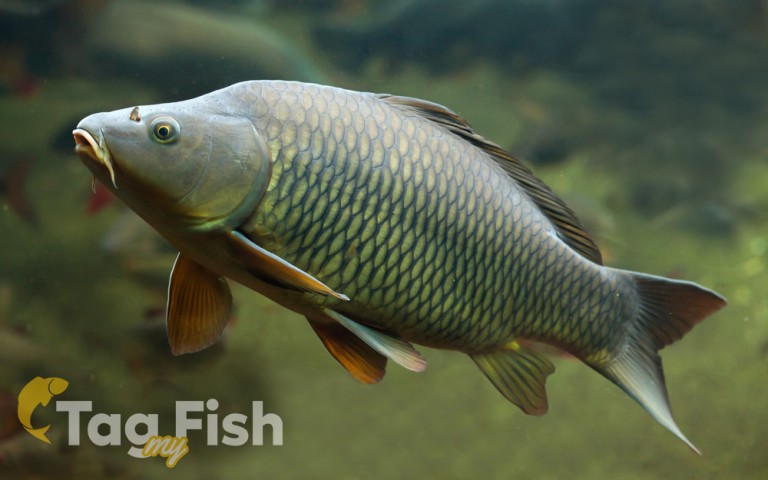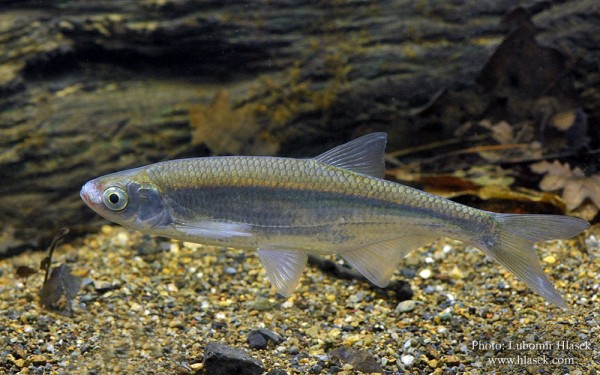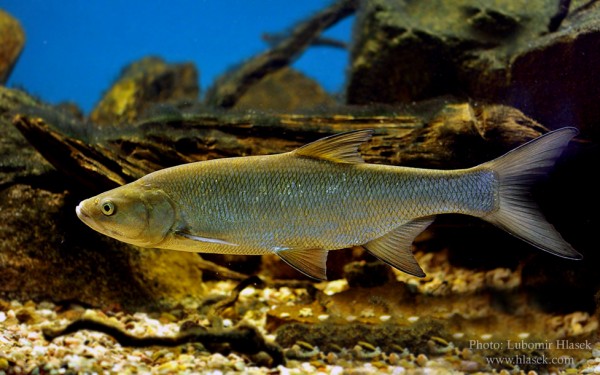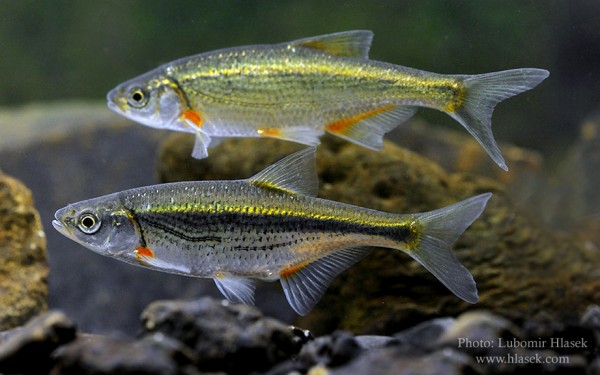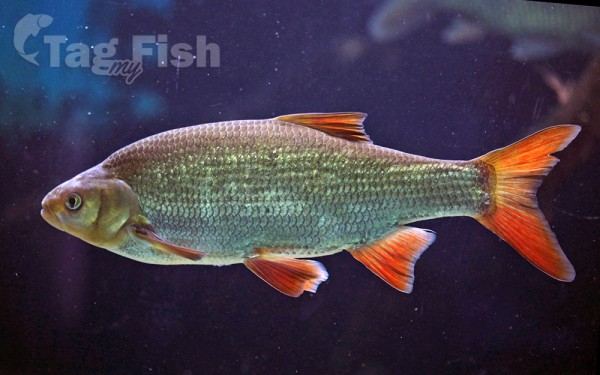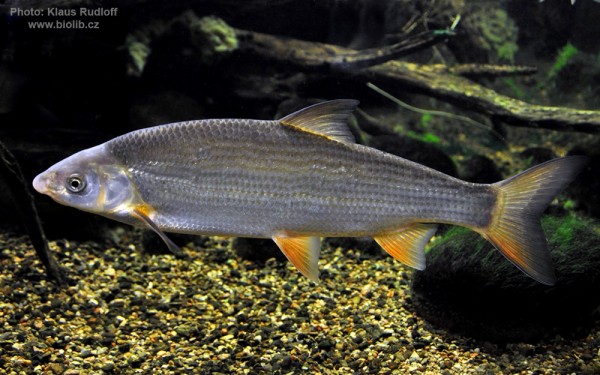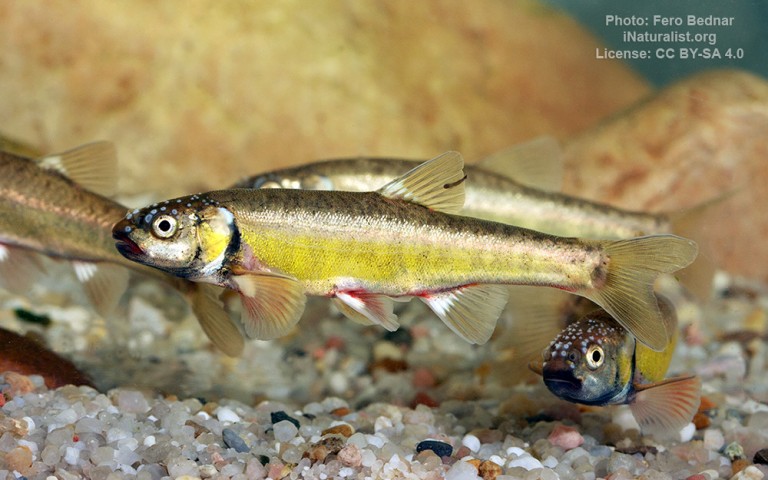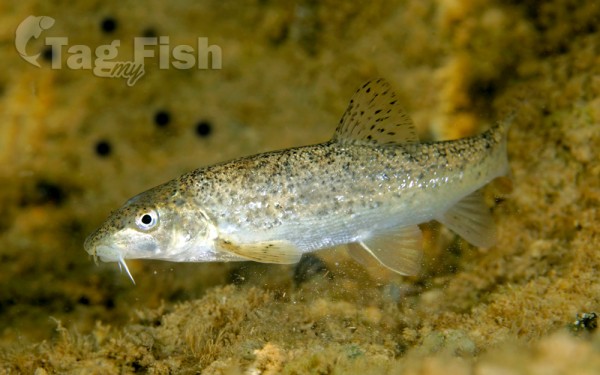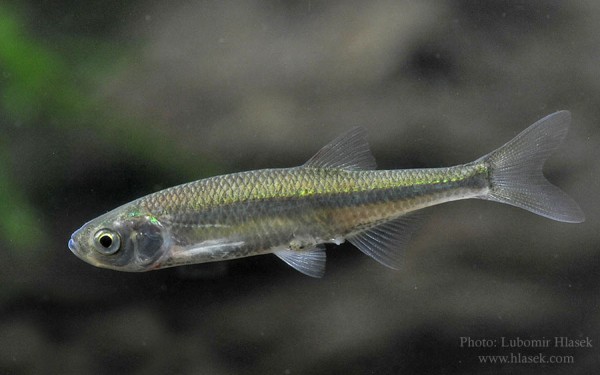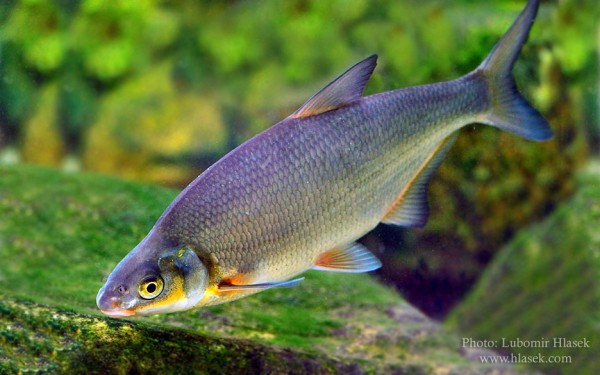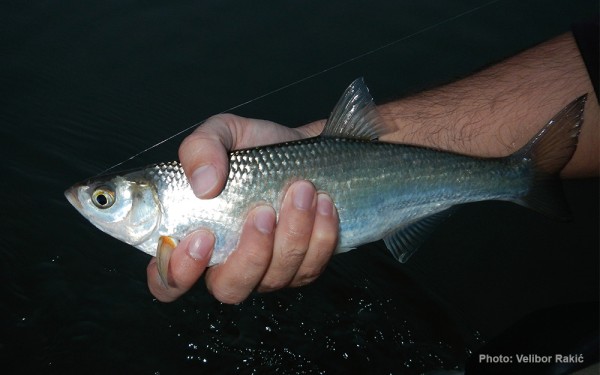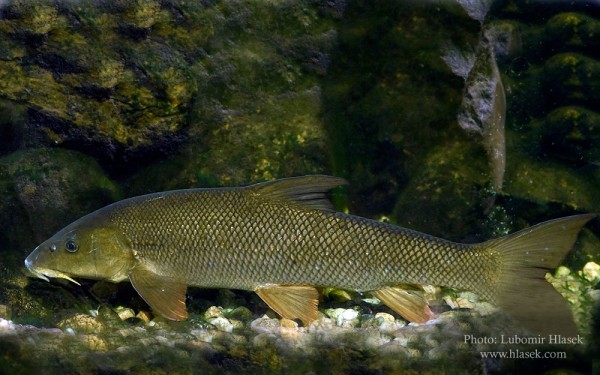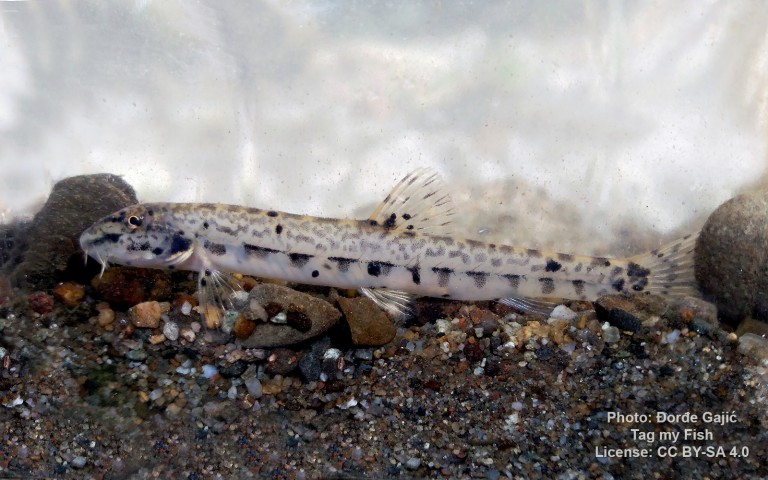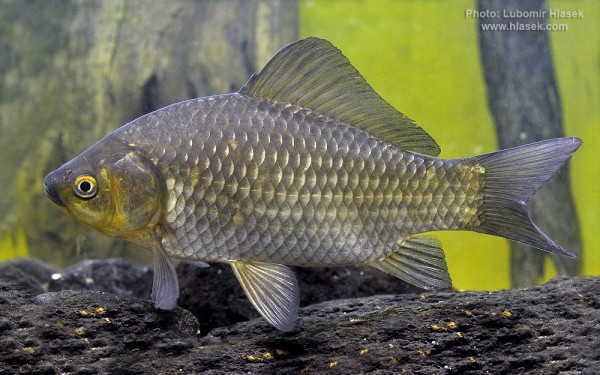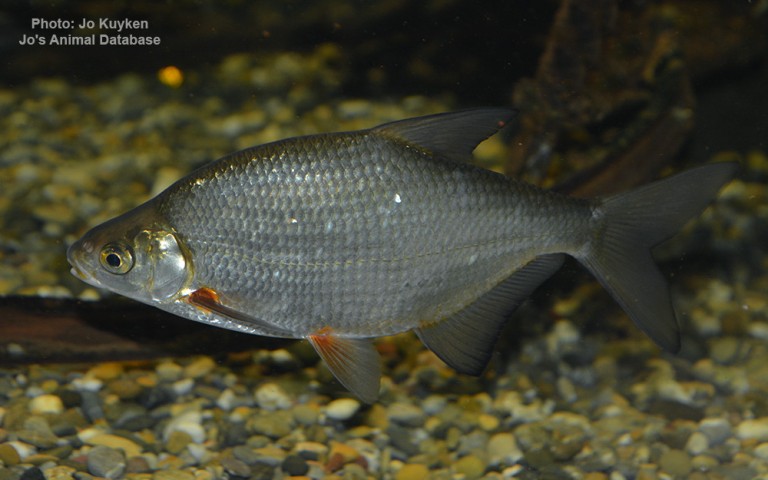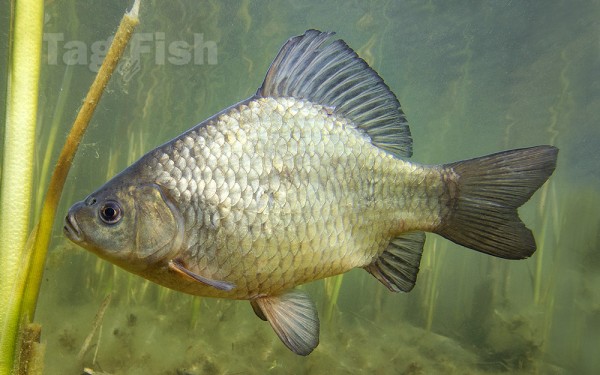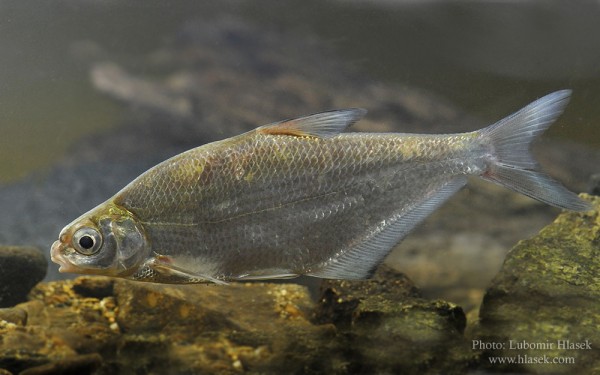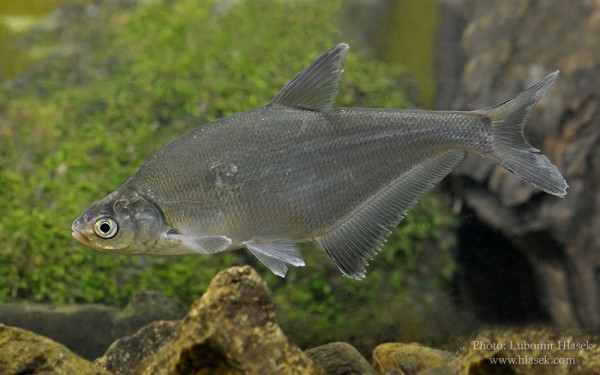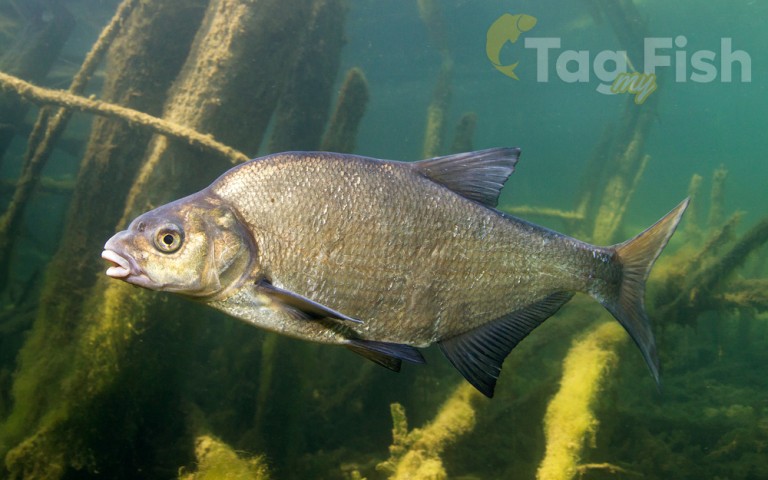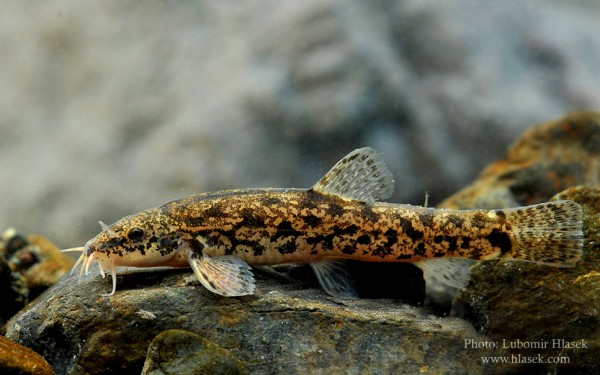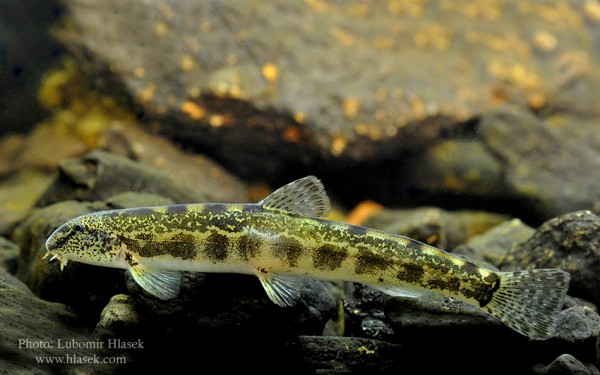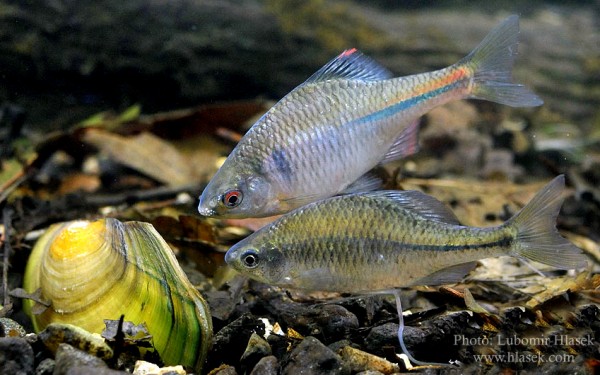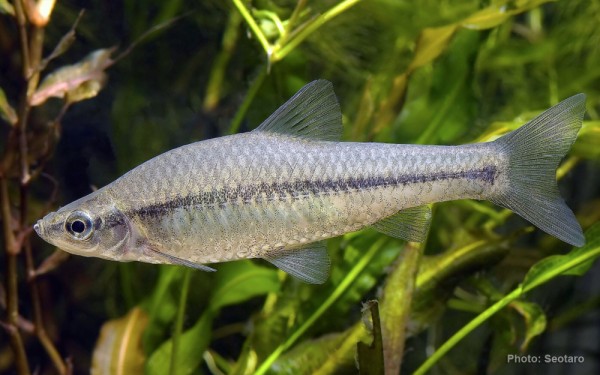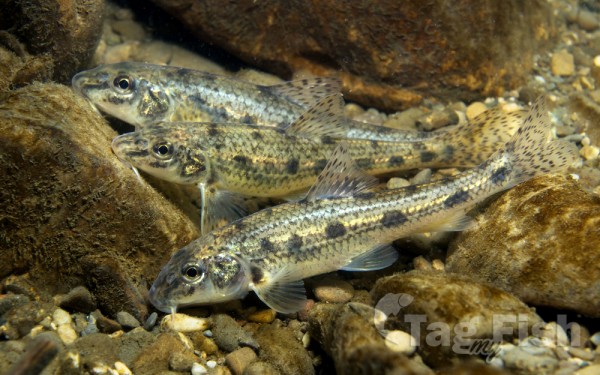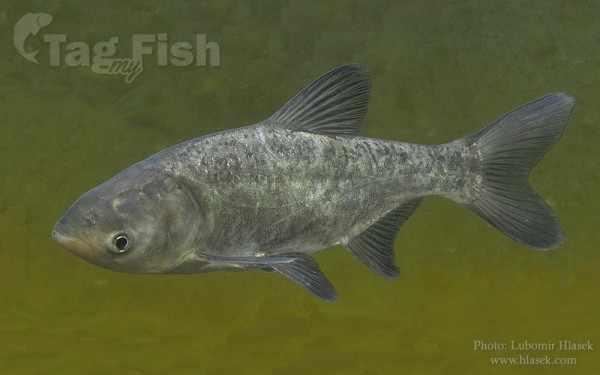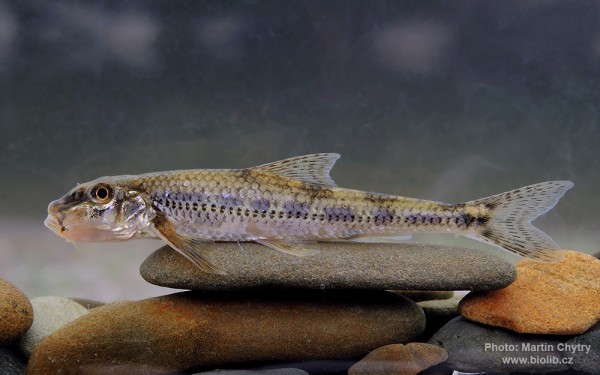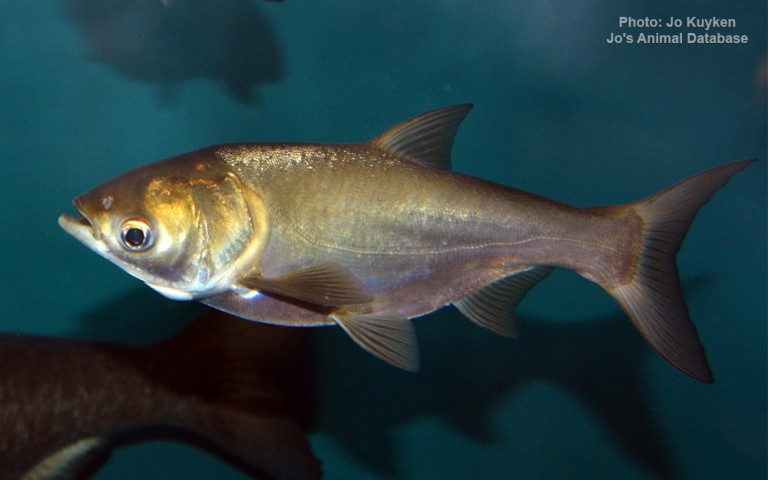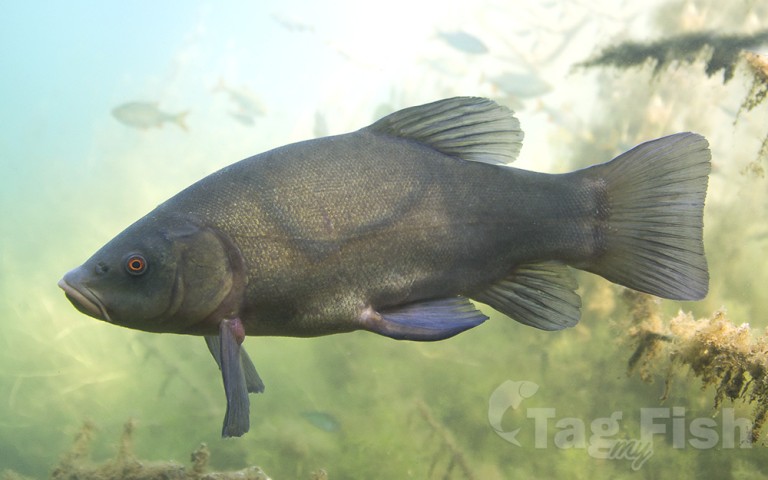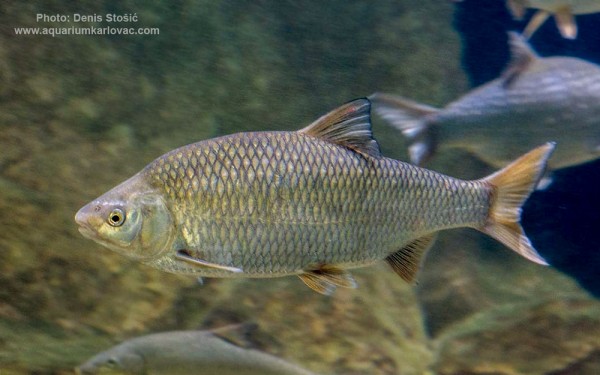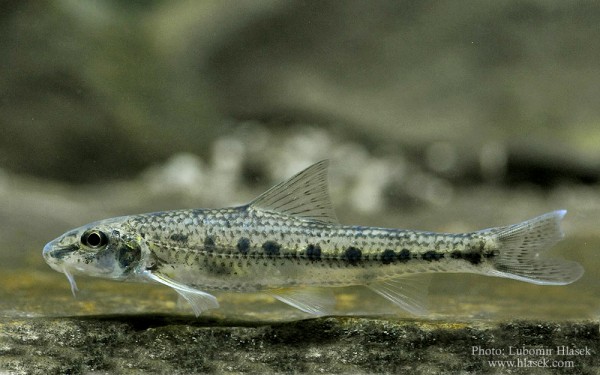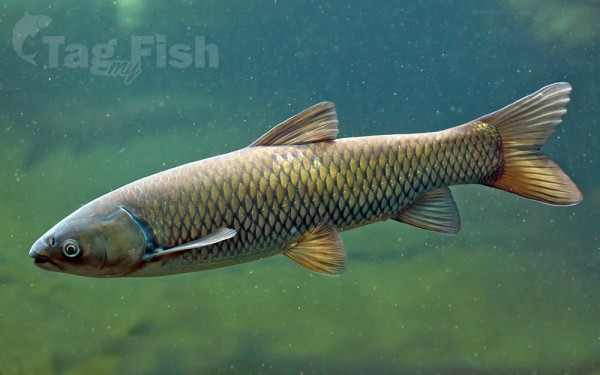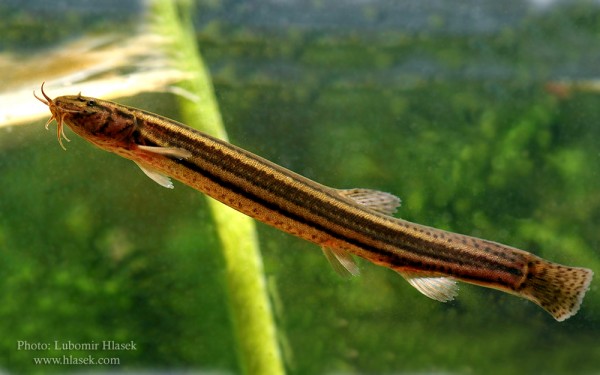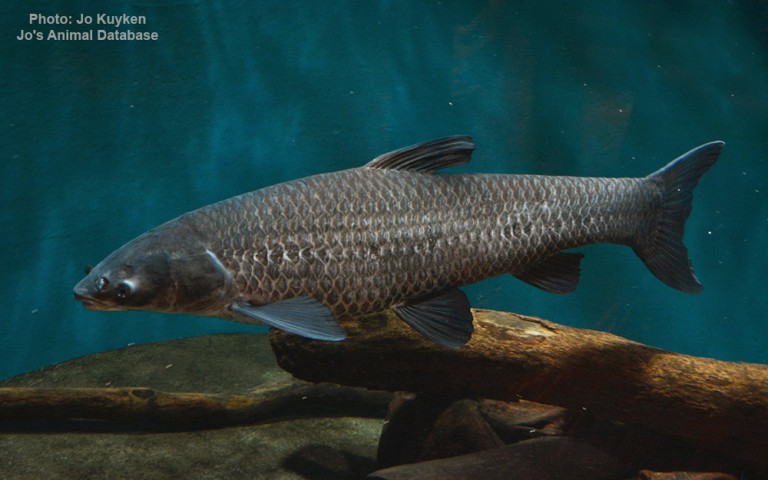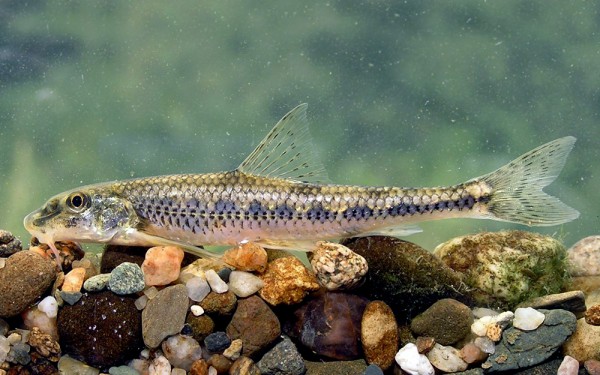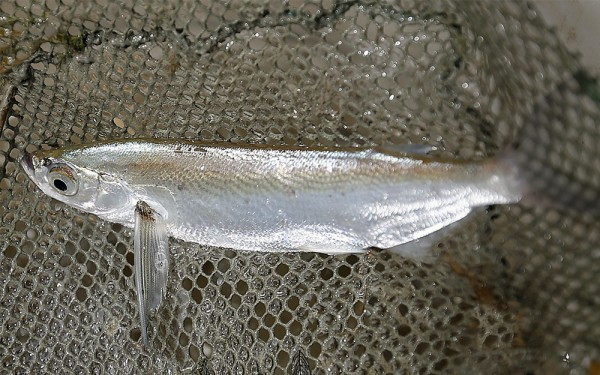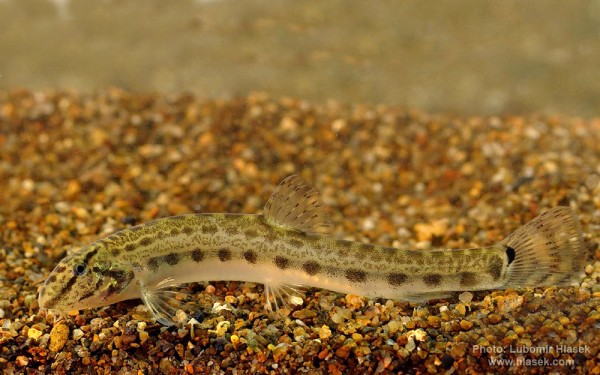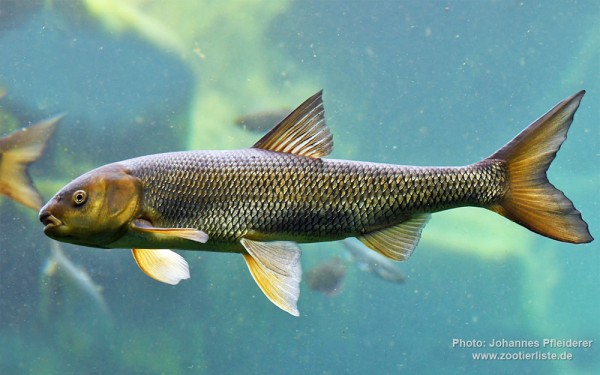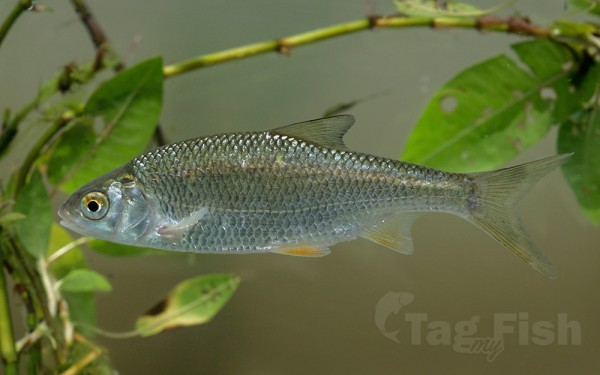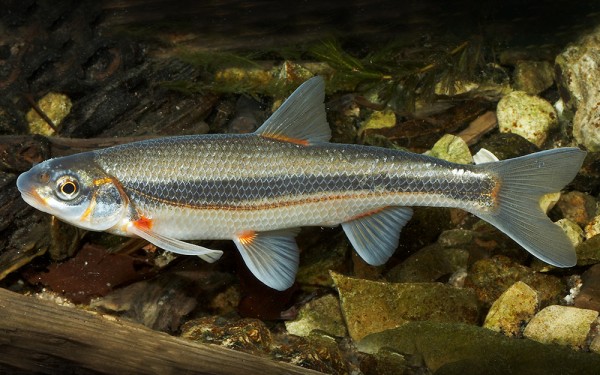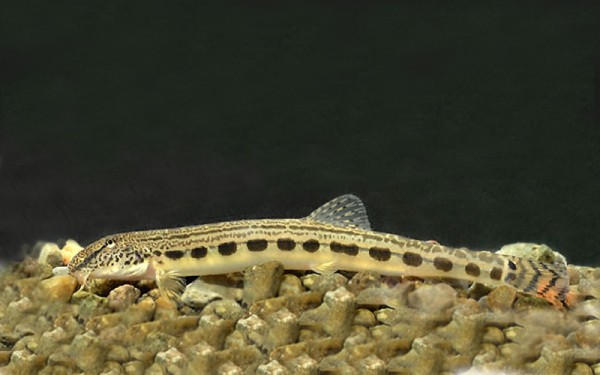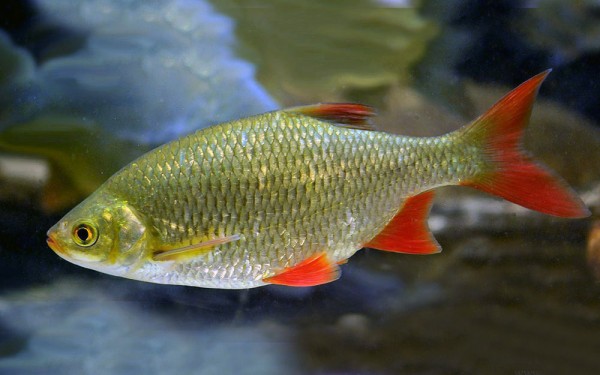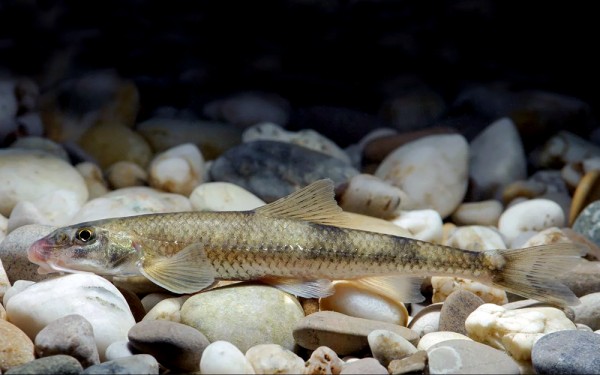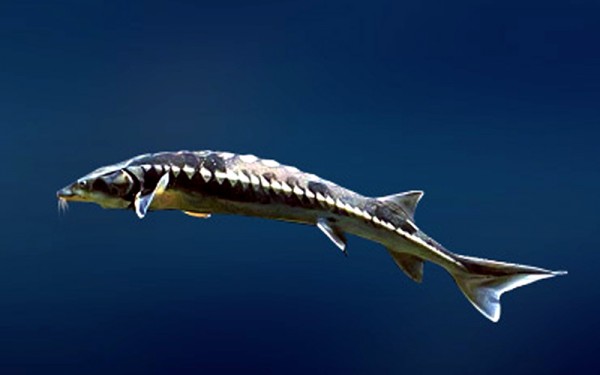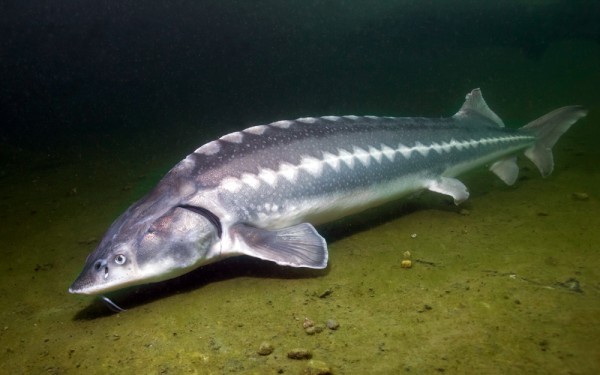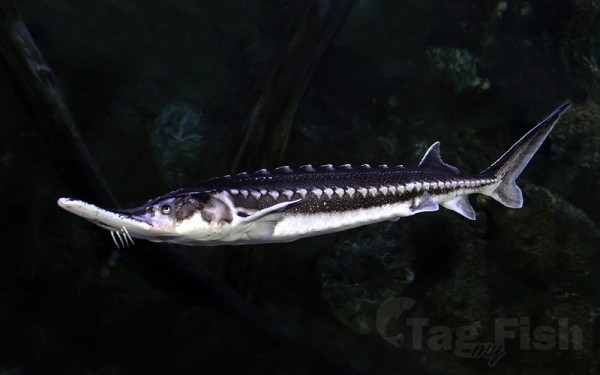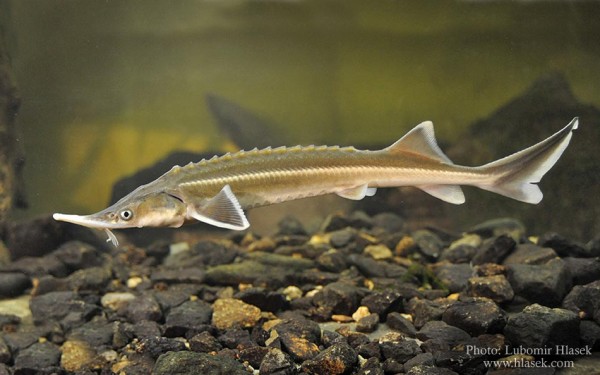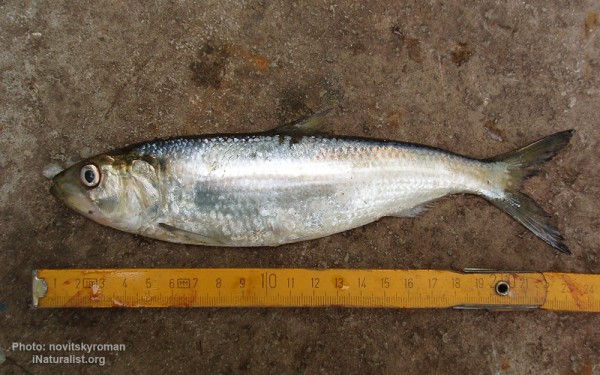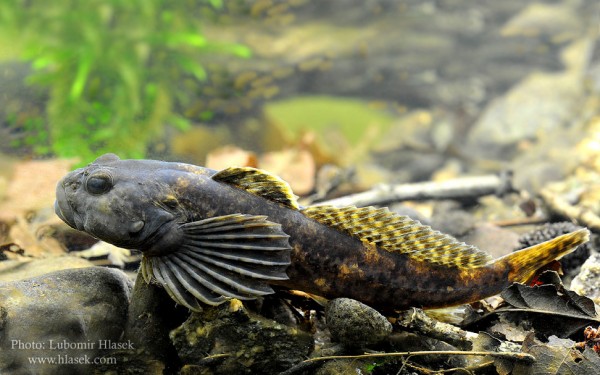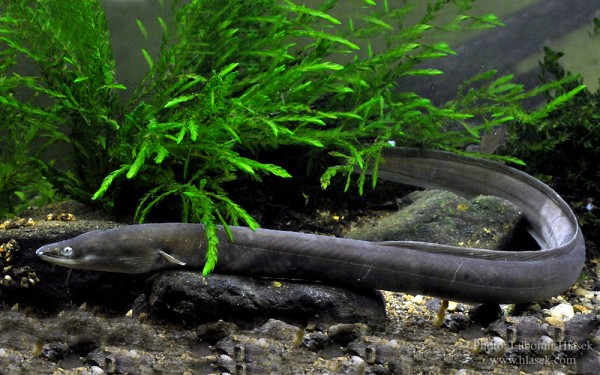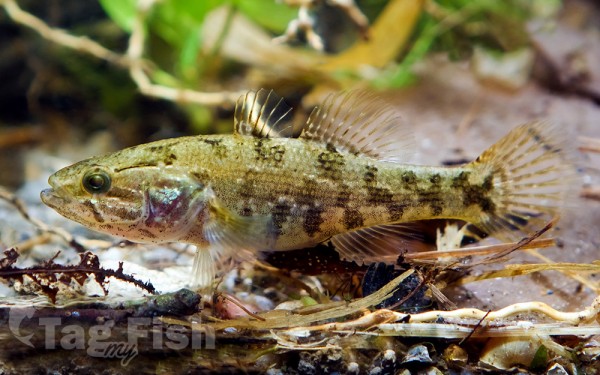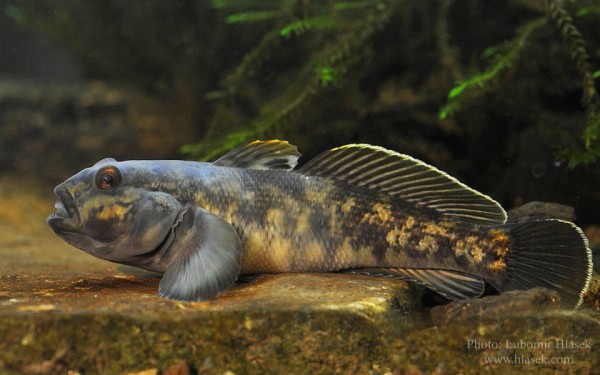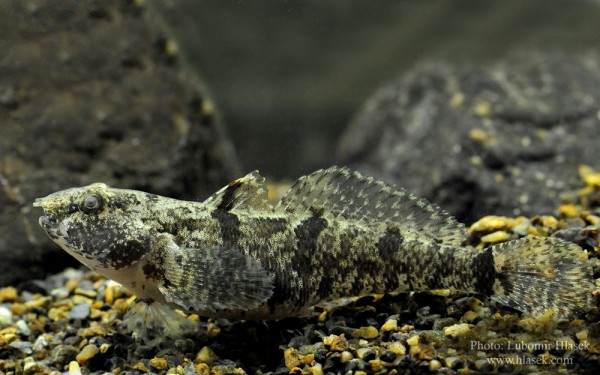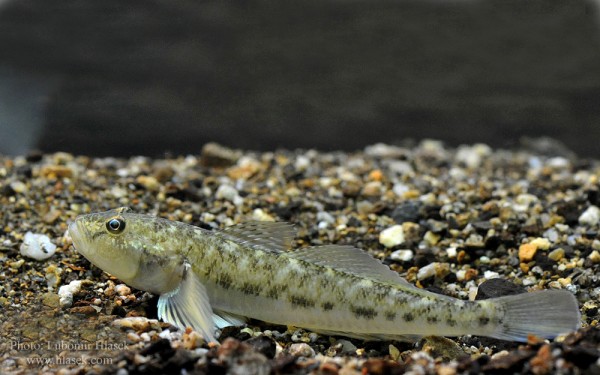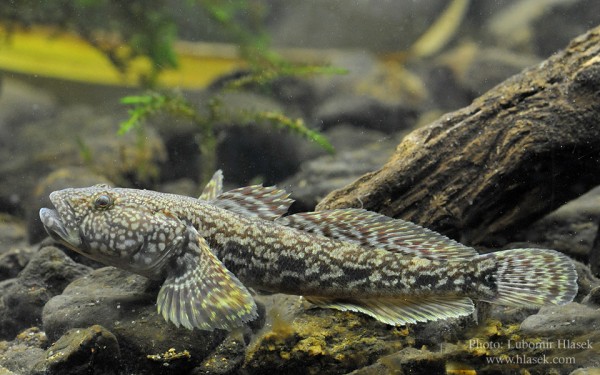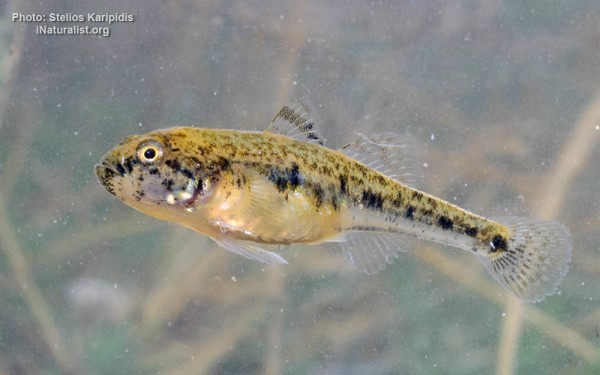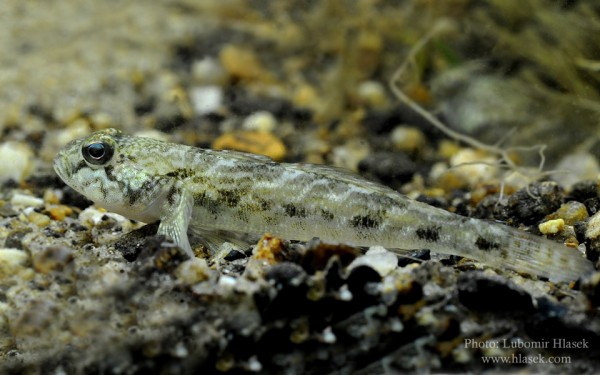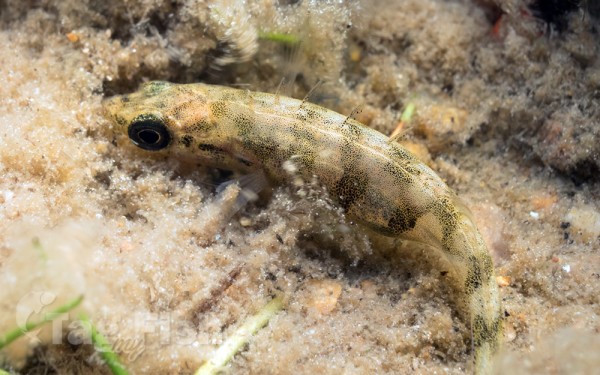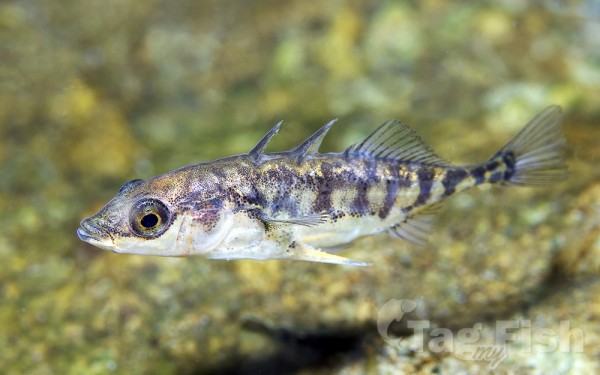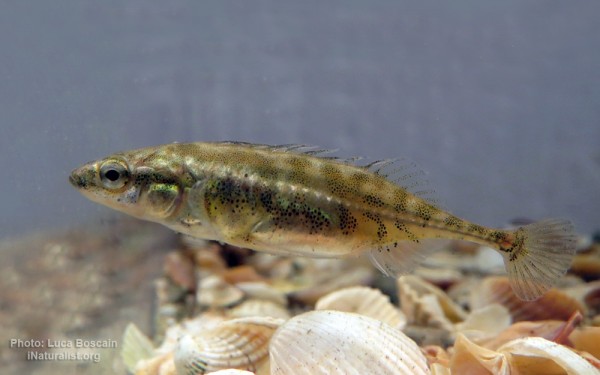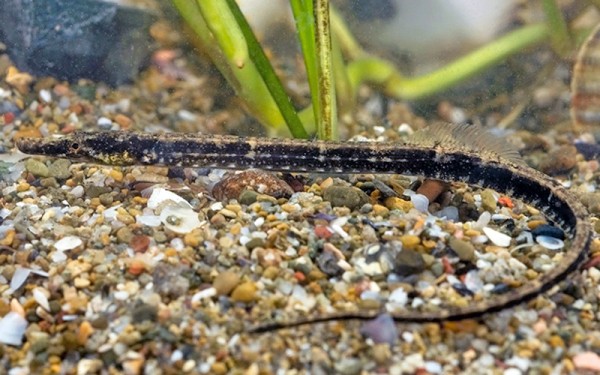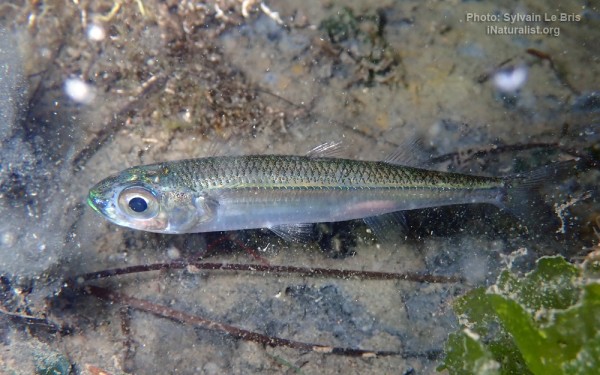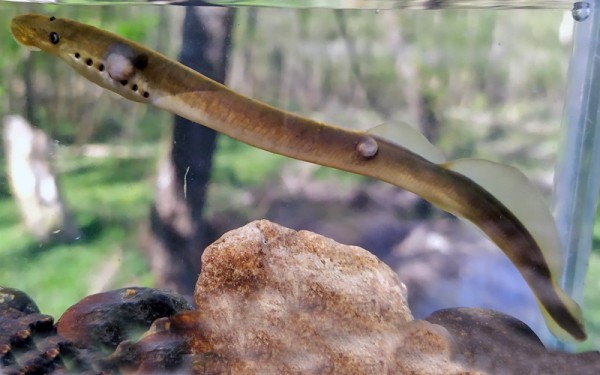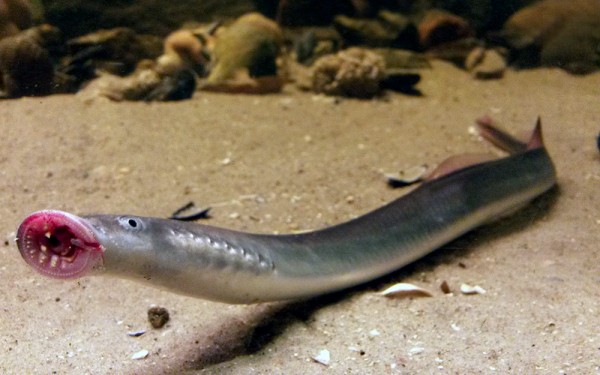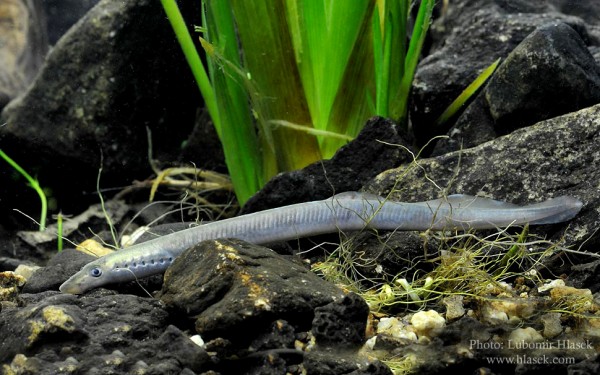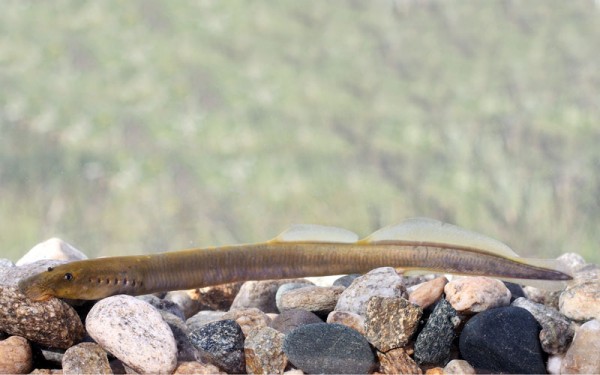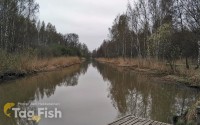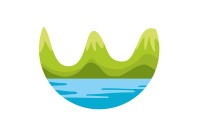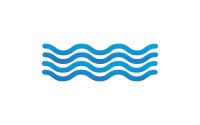Mur
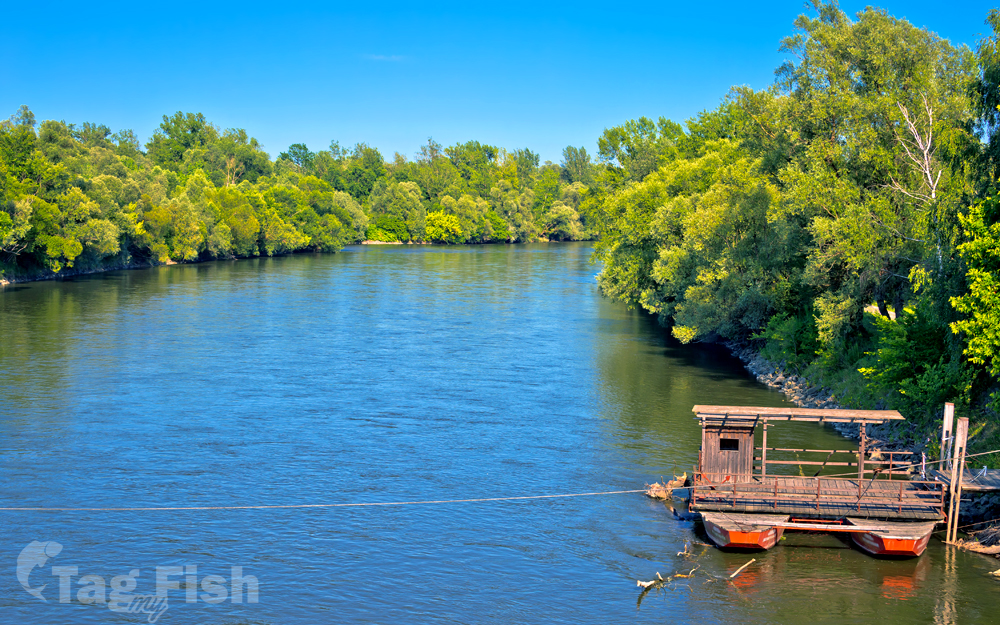
Largest tributaries
Perciformes - Perches
Salmoniformes - Salmons and Trouts
Esociformes - Pikes
Siluriformes - Catfishes
Centrarchiformes - Basses and sunfishes
Cypriniformes - Carps
Acipenseriformes - Sturgeons and Paddlefish
Gadiformes - Cods
Clupeiformes - Herrings
Scorpaeniformes - Mail-cheeked fishes
Anguilliformes - Eels and morays
Gobiiformes - Gobies
Gasterosteiformes - Sticklebacks
Syngnathiformes - Pipefishes and Seahorses
Atheriniformes - Silversides
Petromyzontiformes - Lampreys
Perciformes - Perches
Salmoniformes - Salmons and Trouts
Esociformes - Pikes
Siluriformes - Catfishes
Centrarchiformes - Basses and sunfishes
Cypriniformes - Carps
Acipenseriformes - Sturgeons and Paddlefish
Gadiformes - Cods
Clupeiformes - Herrings
Scorpaeniformes - Mail-cheeked fishes
Anguilliformes - Eels and morays
Gobiiformes - Gobies
Gasterosteiformes - Sticklebacks
Syngnathiformes - Pipefishes and Seahorses
Atheriniformes - Silversides
Petromyzontiformes - Lampreys
The Mur or Mura is a river in Central Europe rising in the Hohe Tauern national park of the Central Eastern Alps in Austria with its source being 1,898 m (6,227 ft) above sea level. It is a tributary of the Drava and subsequently the Danube.
Total length is around 464 kilometers (288 mi). About 326 km are within the interior of Austria; 95 km flow in and around Slovenia (67 km along the borders with Austria and Croatia, 28 km inside Slovenia), and the rest forms the border between Croatia and Hungary. The largest city on the river is Graz, Austria. Its basin covers an area of 13,800 km2 (5,300 sq mi).
Tributaries of the Mur include the Mürz, the Sulm, the Ščavnica, the Ledava, and the Trnava.
The river rises in a remote valley within the Lungau region of the Austrian state of Salzburg. The river flows eastwards through Tamsweg before crossing the border into the state of Styria.
Between Tamsweg and Unzmarkt-Frauenburg, the river flows through a rural mountain valley and is closely paralleled by the 65 km (40 mi) long narrow gauge Murtalbahn railway. From Unzmarkt the river continues in an easterly direction through the industrial towns of Leoben and Bruck an der Mur. At Bruck an der Mur the Mürz joins the Mur, which turns sharply south to flow through the city of Graz.
The river flows through the center of Graz, passing underneath the Schloßberg and by the historic Inner City. As a result of being the European Capital of Culture for 2003, an artificial island is known as the Murinsel was constructed in the middle of the river. Once heavily polluted by several paper mills on the shore and by the ironworks around Leoben, the water quality has improved since the 1980s and the river is now seen as an asset to the city.
From Graz, the river continues to flow south, past the town of Leibnitz to its nearby confluence with the Sulm, where it adopts a more easterly course. Near Spielfeld, the river forms the border between Austria and Slovenia, a role it retains until just after the twin towns of Bad Radkersburg and Gornja Radgona, where it passes fully into Slovenia.
In Slovenia, it passes the towns of Radenci and Veržej. The river gives its name to the Slovenian region of Prekmurje (across the Mur) and the Croatian region of Međimurje (literally: between the Mur). Cable ferries and ship mills are still found in this area.
In the upper Međimurje area, in the western part of the region, the Mur floods and changes its course rather often, moving slowly toward the north on its left. Here, the biggest forest along the river, the Murščak, is located between Domašinec and Donji Hrašćan. After receiving its last significant tributary Trnava, the river ends near Legrad in Koprivnica-Križevci county, Croatia, where it flows into the Drava River.

